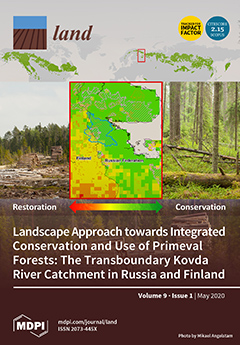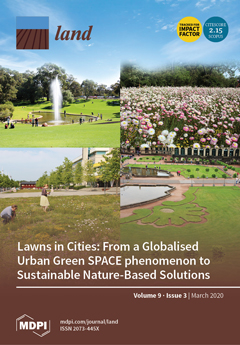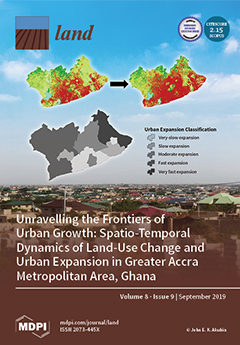Assessing the relationship between land tenure issues and land cover changes around the Arabuko Sokoke Forest in Kenya
Land as an essential resource is becoming increasingly scarce due to population growth. In the case of the Kenyan coast, population pressure causes land cover changes in the Arabuko Sokoke Forest, which is an important habitat for endangered species.









